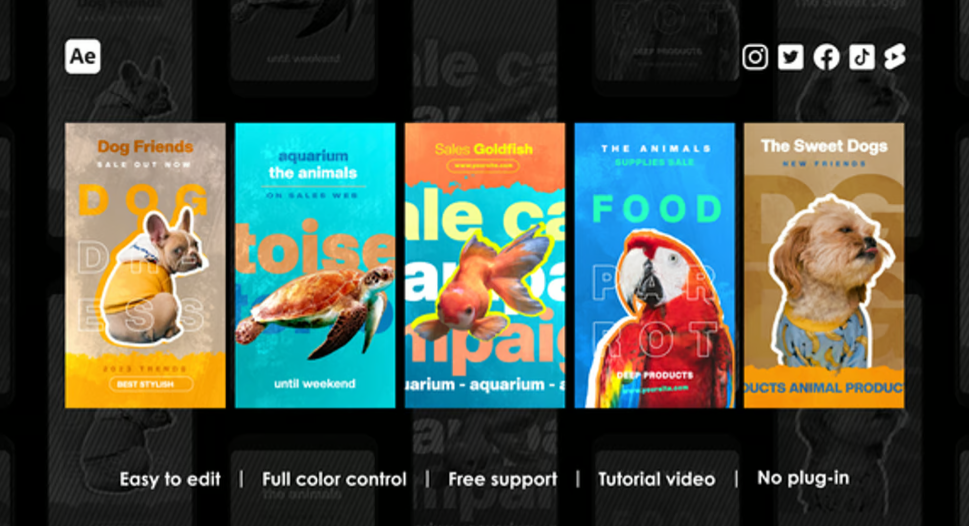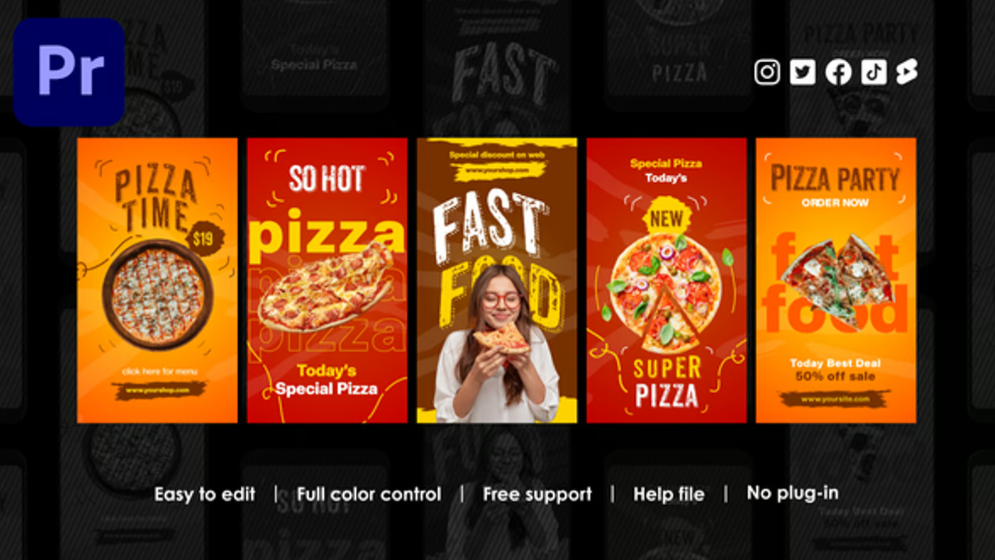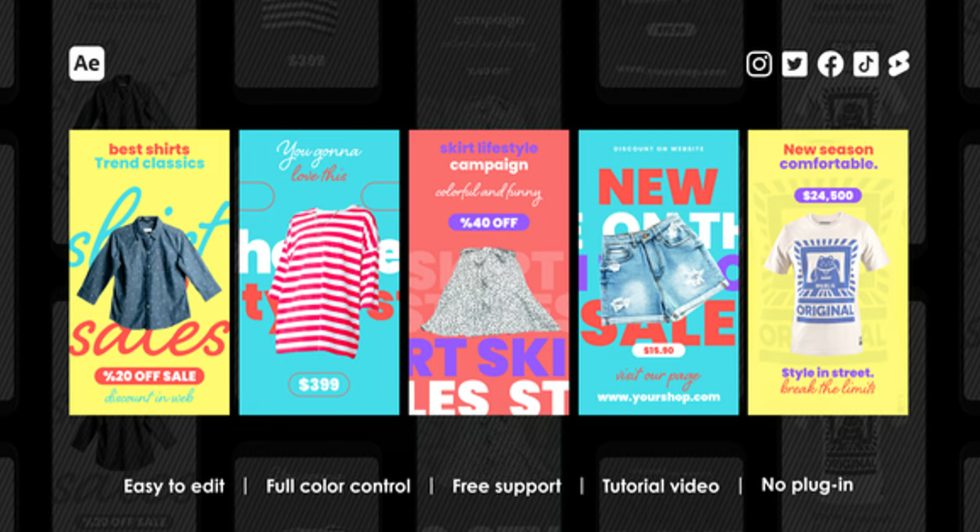01.
Intro of case
Redefining Storytelling and Digital Creativity
In 2025, video editing has become one of the most influential tools in the creative industry, reshaping how stories are told and how content engages audiences. From blockbuster films to viral social media clips, the advancements in video editing technology have unlocked new possibilities for visual storytelling, allowing creators to push the boundaries of imagination.
02.
Personalization and Audience Engagement
Video editing in 2025 is heavily focused on personalization. Advanced analytics provide insights into audience preferences, enabling editors to tailor content for maximum impact. Personalized video experiences, such as dynamic advertisements that adapt to individual viewers, are becoming the norm.
Interactive video content is another major trend. Editors are incorporating clickable elements, branching storylines, and gamified experiences into their projects, giving audiences more control over how they consume content. This level of engagement fosters deeper connections between creators and viewers.
03.
Main result
Sustainability in Video Production
With the global emphasis on sustainability, video editing has also embraced eco-friendly practices. Digital workflows reduce the reliance on physical resources, and efficient rendering techniques minimize energy consumption. Additionally, cloud-based platforms are adopting green energy solutions, further reducing the environmental impact of video production.
Moreover, editors are using their craft to raise awareness about sustainability. Documentaries and promotional videos often highlight environmental issues, leveraging the emotional power of visual storytelling to inspire action.
The Evolution of Storytelling
Video editing has always been at the heart of storytelling, and in 2025, it is more dynamic and versatile than ever. Editors now have access to tools that enable nonlinear storytelling, allowing them to craft narratives that unfold in innovative ways. Flashbacks, parallel storylines, and complex timelines can be seamlessly integrated to create compelling and thought-provoking content.
Furthermore, advancements in sound design and editing software have elevated the role of audio in storytelling. Precise synchronization of visuals and sound enhances emotional resonance, while immersive audio technologies like spatial sound bring stories to life in three dimensions.
Key Trends in Video Editing 2025
Real-Time Editing: Live editing tools allow creators to make instant adjustments during broadcasts, catering to the growing demand for live-streamed content.
Motion Graphics Integration: Sophisticated motion graphics and visual effects are becoming standard, adding a cinematic quality to everyday video content.
Short-Form Content Mastery: With the dominance of platforms like TikTok and Instagram, editors are mastering the art of creating impactful short-form videos that capture attention in seconds.
3D Video Editing: Advances in 3D technology enable editors to create videos with stunning depth and realism, expanding possibilities for visual storytelling.
Conclusion: The Future of Video Editing
In 2025, video editing stands as a powerful medium that blends art, technology, and innovation. Its role extends beyond the entertainment industry, influencing education, marketing, and even activism. By embracing new technologies and creative approaches, video editors continue to redefine what is possible in visual storytelling.
As we look ahead, the future of video editing promises even greater possibilities. With tools that empower creativity and techniques that enhance engagement, video editing is poised to remain a driving force in the evolution of digital media. It is not just a skill—it is an art form that shapes how we see and understand the world around us.



